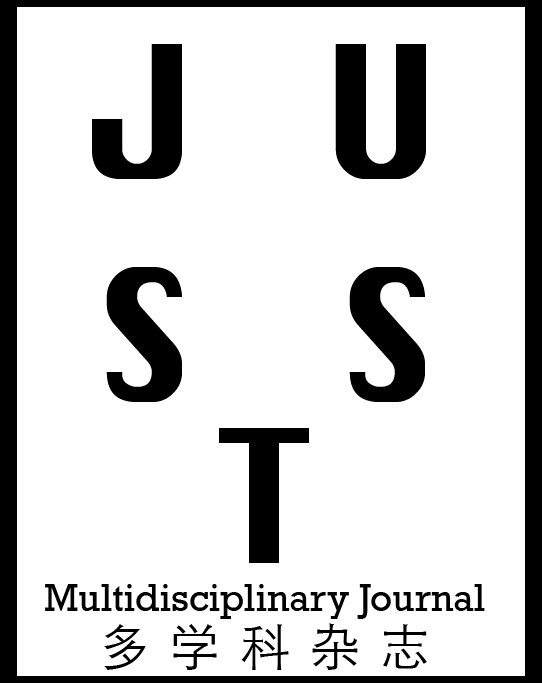D. Shaker,
North Bahariya Petroleum Company, Egypt.
H. Kattab, M. Tantawi, A. Gawish,
Suez University, Egypt.
New Methodology of classification Ultra-low Permeability for Unconventional Reservoir Based on DFIT Analysis
Authors
Abstract
Reservoir properties become critical key parameters to optimize the modern hydraulic fracture treatment
which play an important role to develop tight and/or unconventional gas reservoirs. The most valuable
and commonly tool used to quantify the reservoir and hydraulic fracture characterizations is Diagnostic
fracture injection test (DFIT). The pressure decline response of DFIT test reflects the process of fracture
closure and the flow capacity of the reservoir. DFIT test could be provide valuable estimation of reservoir
properties and fracturing parameters, including interaction with natural fractures and heterogeneous rock
properties. This result could be used to build simulation model to forecast these reservoirs before
performing the actual frac job.
This paper present method will be beneficial in classifying new reservoir during appraisal stage based in
the result from DFIT test. The key reservoir and hydraulic fracture characterizations will be classified
based on Bourdet derivative type before closure region. We identified two types of reservoirs one with
unit slope and the second one with 3/2 slope. Each two types of reservoirs have different value of kh value.
Also, our DFIT program has the ability to investigate the factors that affect DFIT data and interpretation
including interaction with natural fractures, heterogeneous rock properties, variable storage.
The results of the developed DFIT model after applying on actual field cases are classifying the
characterizations of ultra-low permeability unconventional reservoir (such as reservoir pressure, reservoir
permeability, mobility, and transmissibility, fracture half-length and flow regime before and after
closure…etc.). The key parameters will be used to design the proper hydraulic fracture stimulation.
The novel of this paper is how to classify the characterizations of ultra-low permeability unconventional
reservoir using new methodology, evaluate shale and tight wells productivity.
